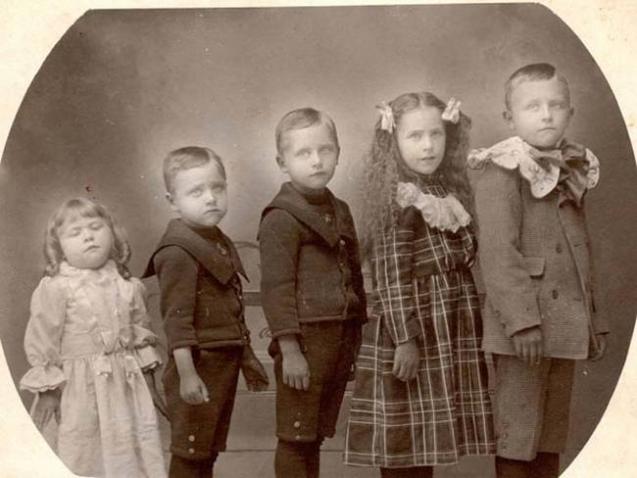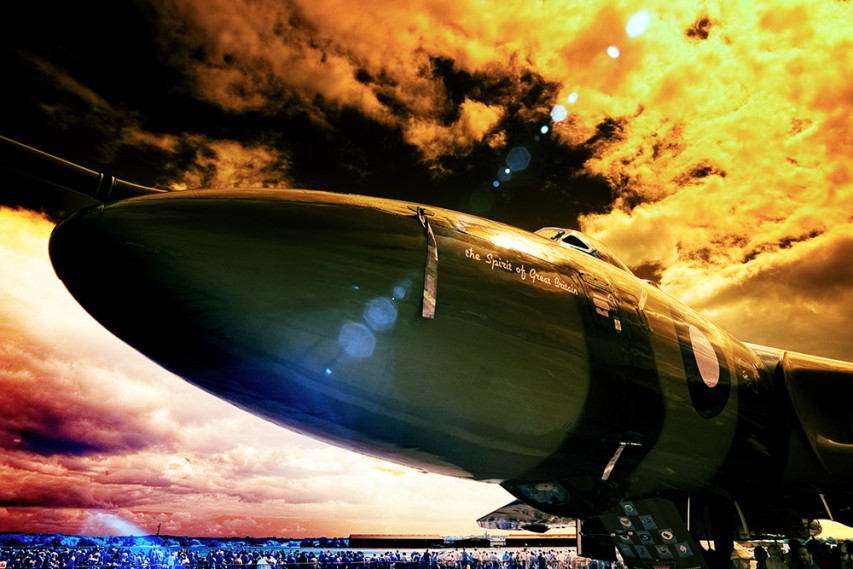Earlier this month, Charles Stross talked about why he’s been reading less and less science fiction lately, and touched on SF movies and (for example) why George Lucas chose to model space combat on World War 1 aircraft battles:
When George Lucas was choreographing the dogfights in Star Wars, he took his visual references from film of first world war dogfights over the trenches in western Europe. With aircraft flying at 100-200 km/h in large formations, the cinema screen could frame multiple aircraft maneuvering in proximity, close enough to be visually distinguishable. The second world war wasn’t cinematic: with aircraft engaging at speeds of 400-800 km/h, the cinematographer would have had a choice between framing dots dancing in the distance, or zooming in on one or two aircraft. (While some movies depict second world war air engagements, they’re not visually captivating: either you see multiple aircraft cruising in close formation, or a sudden flash of disruptive motion — see for example the bomber formation in Memphis Belle, or the final attack on the U-boat pen in Das Boot.) Trying to accurately depict an engagement between modern jet fighters, with missiles launched from beyond visual range and a knife-fight with guns takes place in a fraction of a second at a range of multiple kilometres, is cinematically futile: the required visual context of a battle between massed forces evaporates in front of the camera … which is why in Independence Day we see vast formations of F/A-18s (a supersonic jet) maneuvering as if they’re Sopwith Camels. (You can take that movie as a perfect example of the triumph of spectacle over plausibility at just about every level.)
… So for a couple of generations now, the generic vision of a space battle is modelled on an air battle, and not just any air battle, but one plucked from a very specific period that was compatible with a film director’s desire to show massed fighter-on-fighter action at close enough range that the audience could identify the good guys and bad guys by eye.
Let me have another go at George Lucas (I’m sure if he feels picked on he can sob himself to sleep on a mattress stuffed with $500 bills). Take the asteroid field scene from The Empire Strikes Back: here in the real world, we know that the average distance between asteroids over 1km in diameter in the asteroid belt is on the order of 3 million kilometers, or about eight times the distance between the Earth and the Moon. This is of course utterly useless to a storyteller who wants an exciting game of hide-and-seek: so Lucas ignored it to give us an exciting game of …
Unfortunately, we get this regurgitated in one goddamned space opera after another: spectacle in place of insight, decolorized and pixellated by authors who haven’t bothered to re-think their assumptions and instead simply cut and paste Lucas’s cinematic vision. Let me say it here: when you fuck with the underlying consistency of your universe, you are cheating your readers. You may think that this isn’t actually central to your work: you’re trying to tell a story about human relationships, why get worked up about the average spacing of asteroids when the real purpose of the asteroid belt is to give your protagonists a tense situation to survive and a shared experience to bond over? But the effects of internal inconsistency are insidious. If you play fast and loose with distance and time scale factors, then you undermine travel times. If your travel times are rubberized, you implicitly kneecapped the economics of trade in your futurescape. Which in turn affects your protagonist’s lifestyle, caste, trade, job, and social context. And, thereby, their human, emotional relationships. The people you’re writing the story of live in a (metaphorical) house the size of a galaxy. Undermine part of the foundations and the rest of the house of cards is liable to crumble, crushing your characters under a burden of inconsistencies. (And if you wanted that goddamn Lucasian asteroid belt experience why not set your story aboard a sailing ship trying to avoid running aground in a storm? Where the scale factor fits.)
Whatever you do, don’t go asking him about Han Solo’s claimed Kessel Run in less than 12 parsecs…


 Maggie Goldenberger and her fourth- and fifth-grade pals used to amuse themselves by dressing up in weird clothes, doing crazy stuff to their hair, and posing for polaroids holding funny objects and making weird faces. Years later, Goldenberger uploaded some of her favorites to her Myspace and Facebook accounts, which led to Jeff Davis, who she didn’t know, posting it to Reddit, where a Redditor called Plantlife ganked it and captioned it with “GERSBERMS. MAH FRAVRIT BERKS” — and a meme was born.
Maggie Goldenberger and her fourth- and fifth-grade pals used to amuse themselves by dressing up in weird clothes, doing crazy stuff to their hair, and posing for polaroids holding funny objects and making weird faces. Years later, Goldenberger uploaded some of her favorites to her Myspace and Facebook accounts, which led to Jeff Davis, who she didn’t know, posting it to Reddit, where a Redditor called Plantlife ganked it and captioned it with “GERSBERMS. MAH FRAVRIT BERKS” — and a meme was born.




